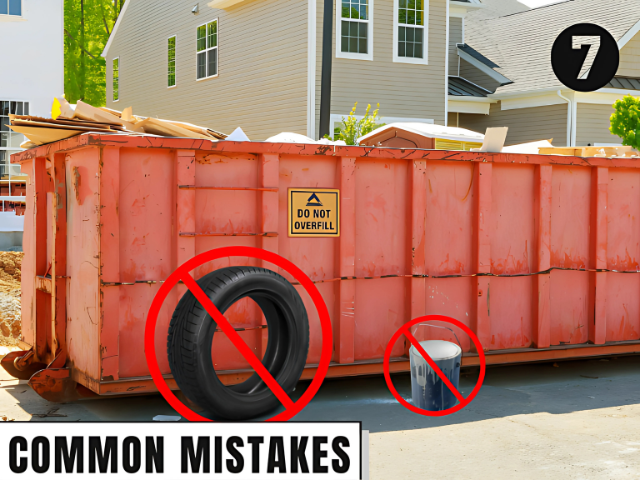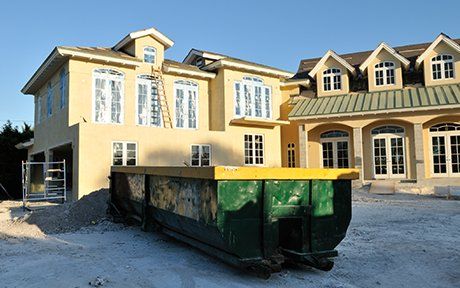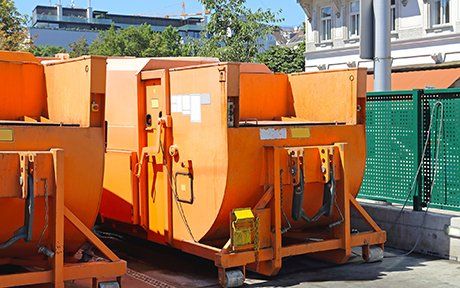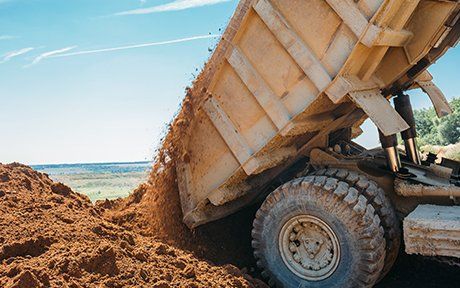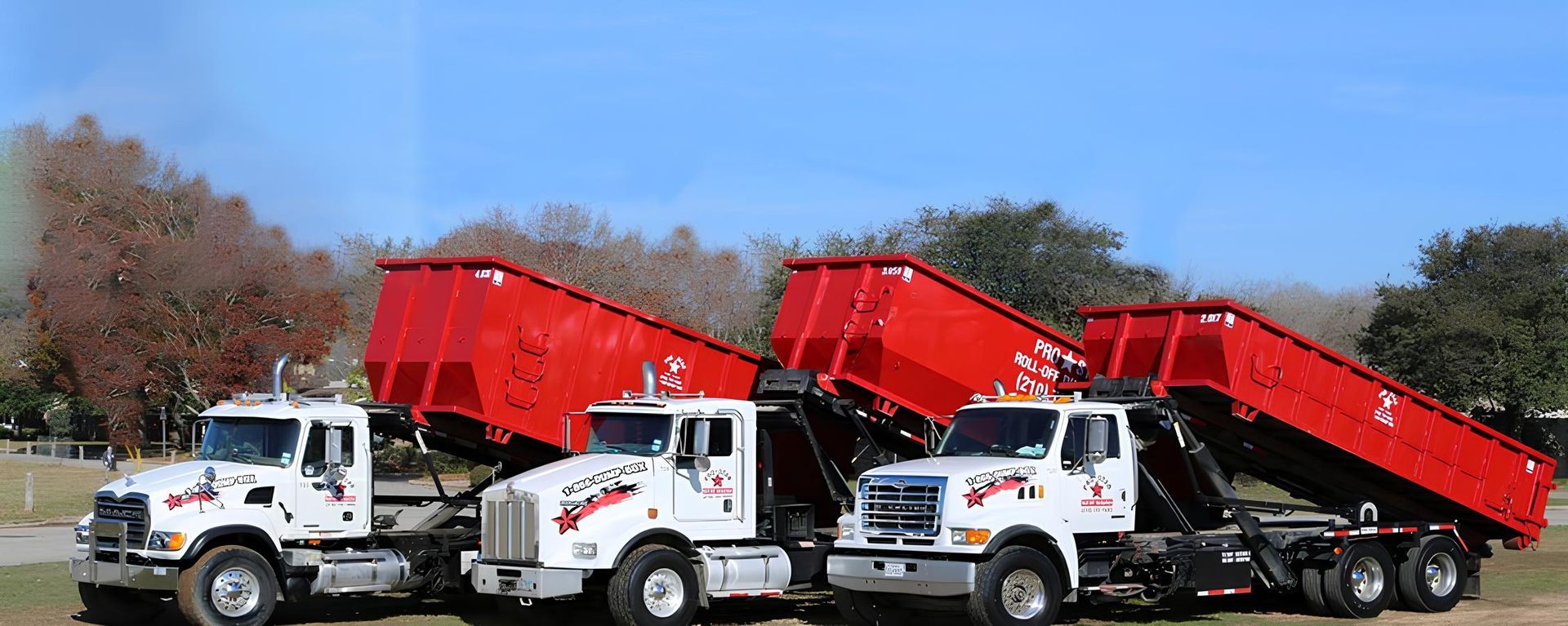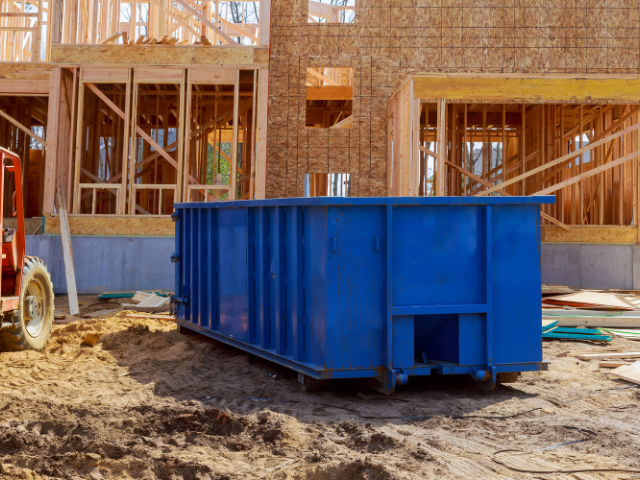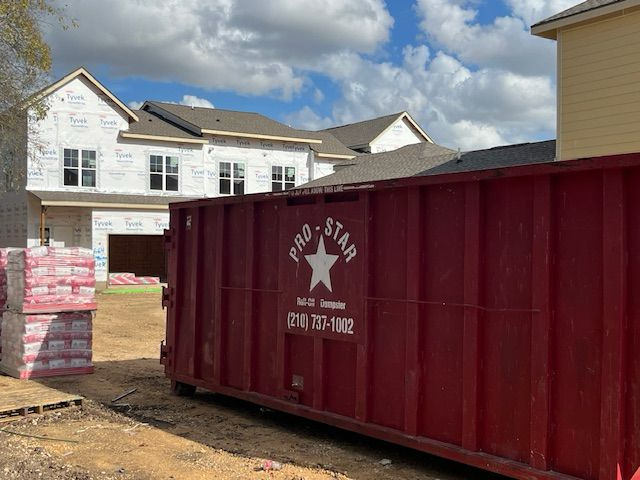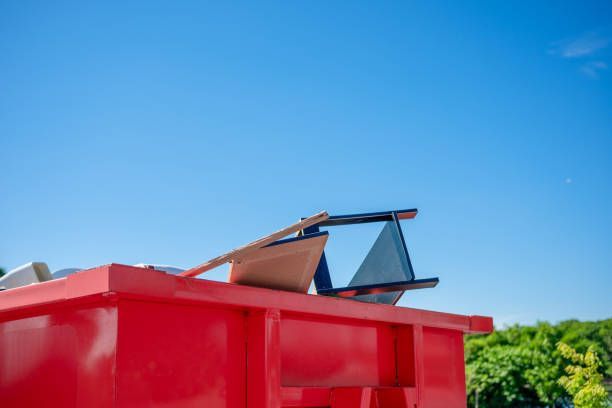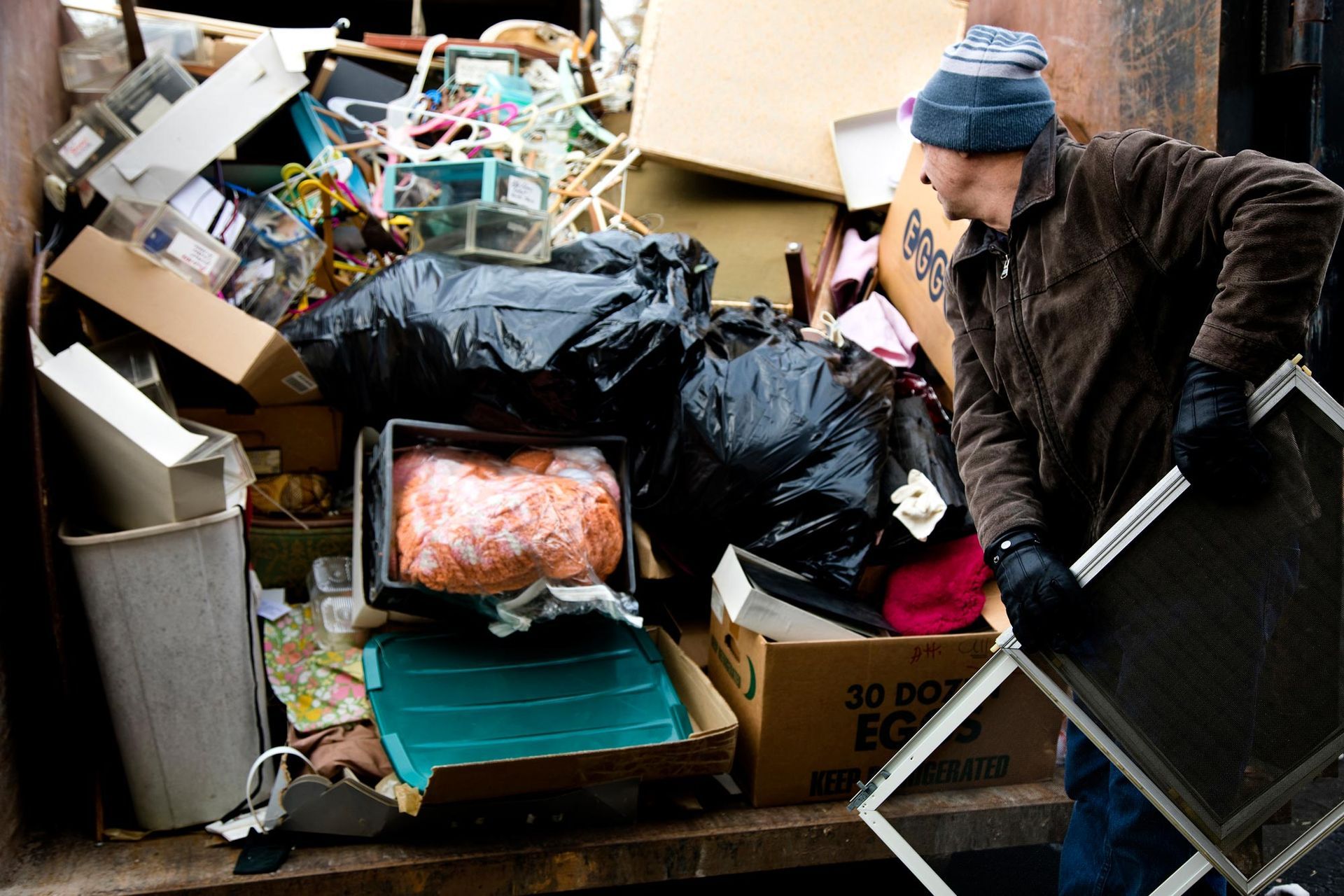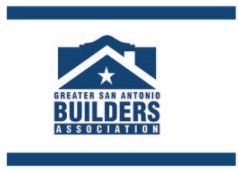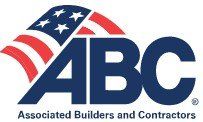Hoarding: 7 Tips to Plan a Major Residential Cleanup Project

Hoarding is a mental health disorder that often renders a person's residence unsafe until it is cleaned up properly. While only a medical professional can diagnose this disorder, you may notice that your friend or family member needs help cleaning up their house if it has become full of unnecessary possessions that compromise their safety.
When your loved one's house has become unlivable, your decision to help them clean up the mess offers them an opportunity to improve their living environment. You can use these tips to plan a cleanup project that protects your loved one's dignity while restoring their house to a safe and sanitary condition.
1. Assess the Damage
The first step to any cleanup project is to find out exactly what must be done. Start by taking a tour of the house to determine the amount of potential trash that you may need to dispose of along with areas that need to be repaired.
Keep in mind that some parts of the house may need to be torn out and replaced if they have sustained severe damage. For instance, you may need to remove stained carpet or water-damaged drywall, and this will impact the amount of trash that the clean out generates.
2. Put Together a Team
Once you have an idea of how much work needs to be done, you can put together a team of people to help with the cleanup project. Each person on the team should treat the owner of the home with respect and understanding. You can also pick your crew according to their skills since having diverse abilities helps the cleanup process.
3. Assemble the Supplies
A residential clean up typically requires common household cleaning supplies such as brooms, mops, and detergents. However, during this project, you'll need these items in greater quantities since multiple members of the cleaning crew may need certain supplies at the same time. Make sure to have enough of each item on hand to keep the cleanup process moving.
4. Plan for Trash Disposal
People who hoard often keep things that have little value and must be thrown away. Often, the trash accumulated during a hoarding clean out quickly becomes too much for the normal garbage pickup.
Dumpster rentals provide you with a safe place to store trash during the clean up until it is ready to be transported to the appropriate facility. To arrange for trash disposal, find a place on the property that is big enough for a dumpster and schedule your drop off on the day you begin the cleanup.
5. Keep Safety in Mind
Unfortunately, the conditions created by hoarding can contribute to safety hazards. Make sure that each member of your crew has the appropriate safety gear available such as goggles and gloves before you start the project. You may also need additional supplies such as a first aid kit to handle emergencies.
6. Sort Out the Salvageable Items
While many items need to be thrown away, you must first begin by helping to identify your loved one's belongings that are salvageable. For instance, an extra appliance may be able to be cleaned up and donated to a local charity.
Go from room to room and identify the salvageable materials. Then, decide which items will be donated and which ones will be kept so that you can make the appropriate arrangements.
7. Perform the Final Clean Up
After sorting out the items, you are ready to begin the final stages of the cleanup process. As your crew scrubs and sanitizes every surface, continue to toss out the trash as you go and organize each room.
Finally, create a maintenance plan with your loved one to help them continue to keep their house clean. Make sure your loved one is discussing their hoarding with a medical professional so they don't fall into old habits.
At Pro-Star Roll-Off Dumpsters, we deliver and pick up the trash so that you can focus on your cleanup project. Contact us today to schedule a dumpster rental that helps you maintain a safe environment on your residential cleanup site.
